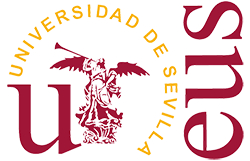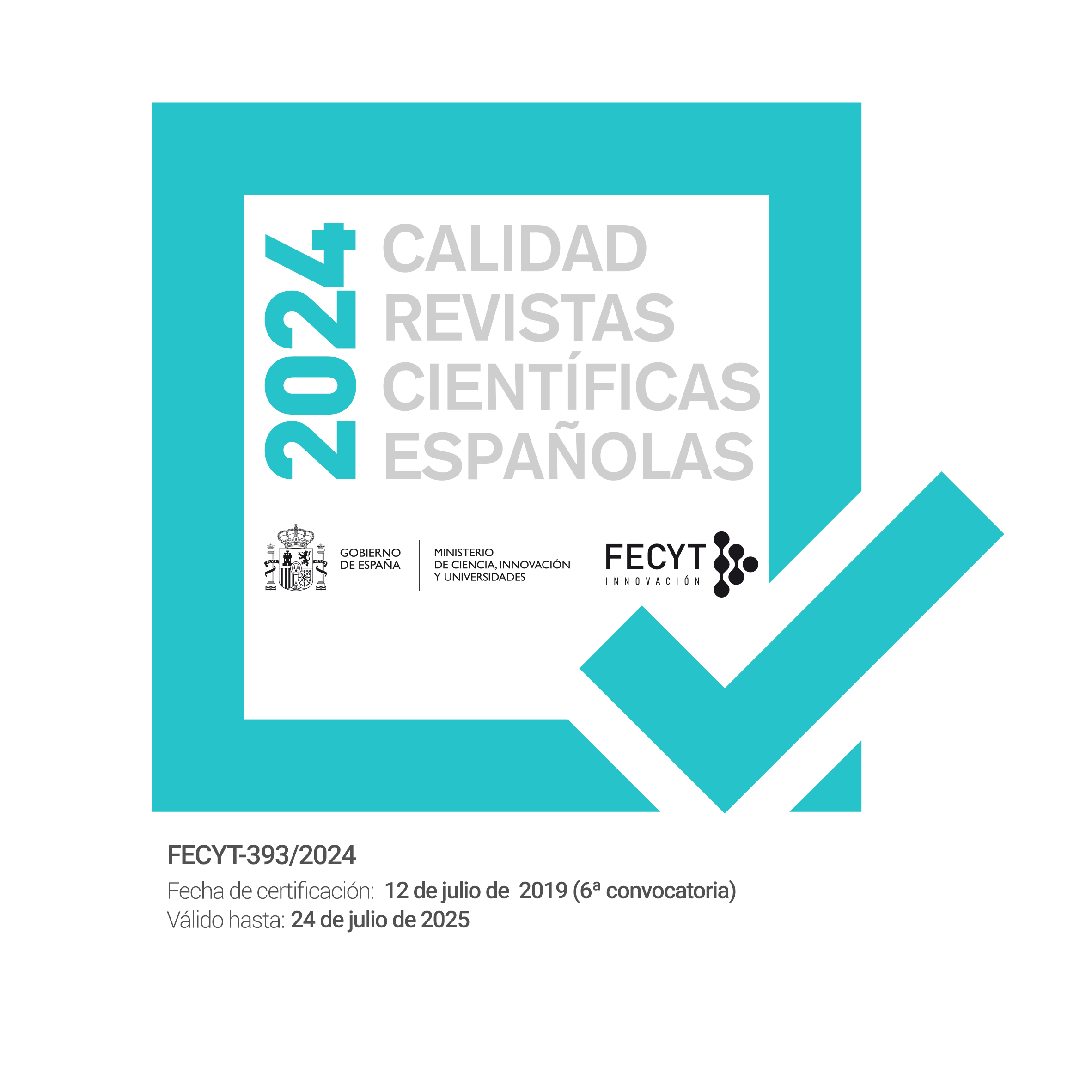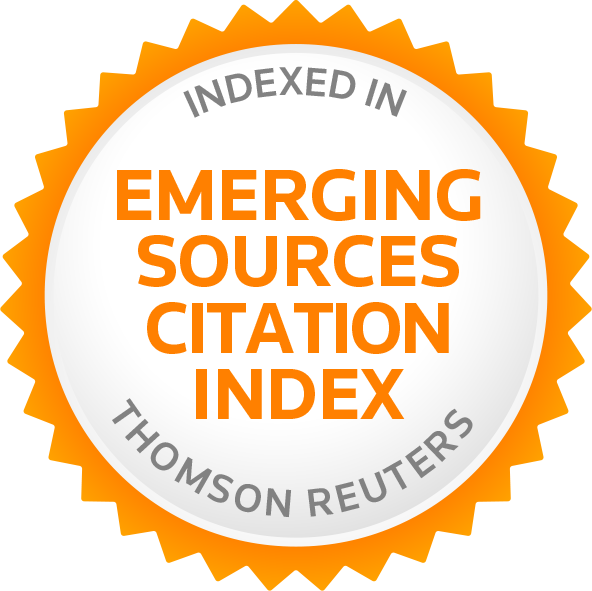Envíos
Lista de comprobación para la preparación de envíos
Como parte del proceso de envío, los autores/as están obligados a comprobar que su envío cumpla todos los elementos que se muestran a continuación. Se devolverán a los autores/as aquellos envíos que no cumplan estas directrices.- El envío no ha sido publicado previamente -revista, libro, actas de congresos o seminarios- ni se ha enviado previamente a otra revista (o se ha proporcionado una explicación en Comentarios al / a la editor/a).
-
Se ha leído y entendido la DECLARACIÓN ÉTICA DE PUBLICACIÓN Y MALAS PRÁCTICAS que tiene establecida la revista
(https://revistascientificas.us.es/index.php/REA/etica-en-la-publicacion) - El fichero enviado está en formato Microsoft Word (extensión .docx). En el fichero de texto se incluyen las imágenes en la posición que le corresponde en el texto según la indicación (figura - x); también se incluye el pie o comentario de la imagen.
- Se han añadido direcciones web para las referencias donde ha sido posible.
- Se ha eliminado del texto el nombre del autor/a y cualquier posible referencia que pueda inducir a conocer quién es el autor/a del artículo. En la primera página sólo se incluye el título del artículo, resumen y palabras clave. Los datos de identificación, incluida la reseña biográfica, se incorporan a METADATOS que serán solicitados durante el envío del artículo.
- El texto cumple con los requisitos bibliográficos y de estilo indicados en las Normas para autoras/es, que se pueden encontrar en Envíos (directrices a los autores/as).
- Si está enviando a una sección de la revista que se revisa por pares, tiene que asegurase que las instrucciones en Asegurando de una revisión a ciegas han sido seguidas.
-
Las ilustraciones o imágenes que se han incluido en el texto -formato Microsoft Word (extensión .docx)- se envian además como FICHEROS COMPLEMENTARIOS. Cada imagen un archivo. Se ha comprobado que la imagen tiene una resolución de 70-300 ppp, tamaño mínimo 10x15 cms y los mapas 1200 ppp-formato SVG. No se han usado programas de diseño gráfico -photoshop, corel o similar- para incrementar la resolución.
-
En caso de su aceptación, autorizo a la revista Revista de Estudios Andaluces a incluir mi nombre y apellidos, filiación institucional, dirección de correo electrónico y ORCID en todos los documentos relacionados con la publicación del artículo que se somete a evaluación. Asimismo garantizo la autoría y originalidad del artículo, y asumo la plena y exclusiva responsabilidad por los daños y perjuicios que pudieran producirse como consecuencia de reclamaciones de terceros respecto del contenido, autoría o titularidad del contenido del mismo.
-
Declaración responsable y conflicto de intereses. Todas/os las/os autoras/es se comprometen a comunicar cualquier conflicto de intereses existente o potencial con relación a la publicación de su artículo. Asimismo, para artículos con más de un autor/a, se indicarán las tareas realizadas por cada una/o de ellas/os. Esta declaración se hará a continuación en Comentarios para el editor/a y no se incluirá en el archivo de envío.
Todos los autores/as firmantes del manuscrito deben estar registrados por orden de firma en la plataforma. Una vez aceptado un manuscrito para su publicación no se aceptará la baja de autoras/es del artículo. Tampoco se aceptará el alta de un/a nuevo/a autor/a, salvo casos exepcionales previa justificación por escrito y acuerdo firmado del resto de autoras/es.
Aviso de derechos de autor/a
La edición electrónica de la Revista de Estudios Andaluces se ofrece en acceso abierto desde el número 28 publicado en 2011 hasta la actualidad. Las ediciones impresa y electrónica de esta Revista son editadas por la Editorial de la Universidad de Sevilla, siendo necesario citar la procedencia en cualquier reproducción parcial o total.
La Revista de Estudios Andaluces no cobra tasas por el envío de trabajos, ni tampoco cuotas por la publicación de sus artículos. La Revista es gratuita desde el momento de la publicación de cada número y sus contenidos se distribuyen con la licencia “CreativeCommons Atribución-NoComercial-SinDerivar 4.0 Internacional” , que permite el acceso abierto al usuario de la Revista de Estudios Andaluces de acuerdo con los criterios de la definición de open access de la Declaración de Budapest en favor del acceso abierto. Puede consultar desde aquí la versión informativa y el texto legal de la licencia. Esta circunstancia ha de hacerse constar expresamente de esta forma cuando sea necesario.
Declaración de privacidad
La revista garantiza la confidencialidad de la información individual de los autores y evaluadores solo para los fines declarados por esta revista y no estarán disponibles para ningún otro propósito. No se distribuirán los datos del usuario sin el permiso explícito del usuario y, previa solicitud, la dirección de correo electrónico de un usuario se elimina de las listas de correo. Previa solicitud, todos los datos almacenados relacionados con un usuario estarán disponibles al usuario.






